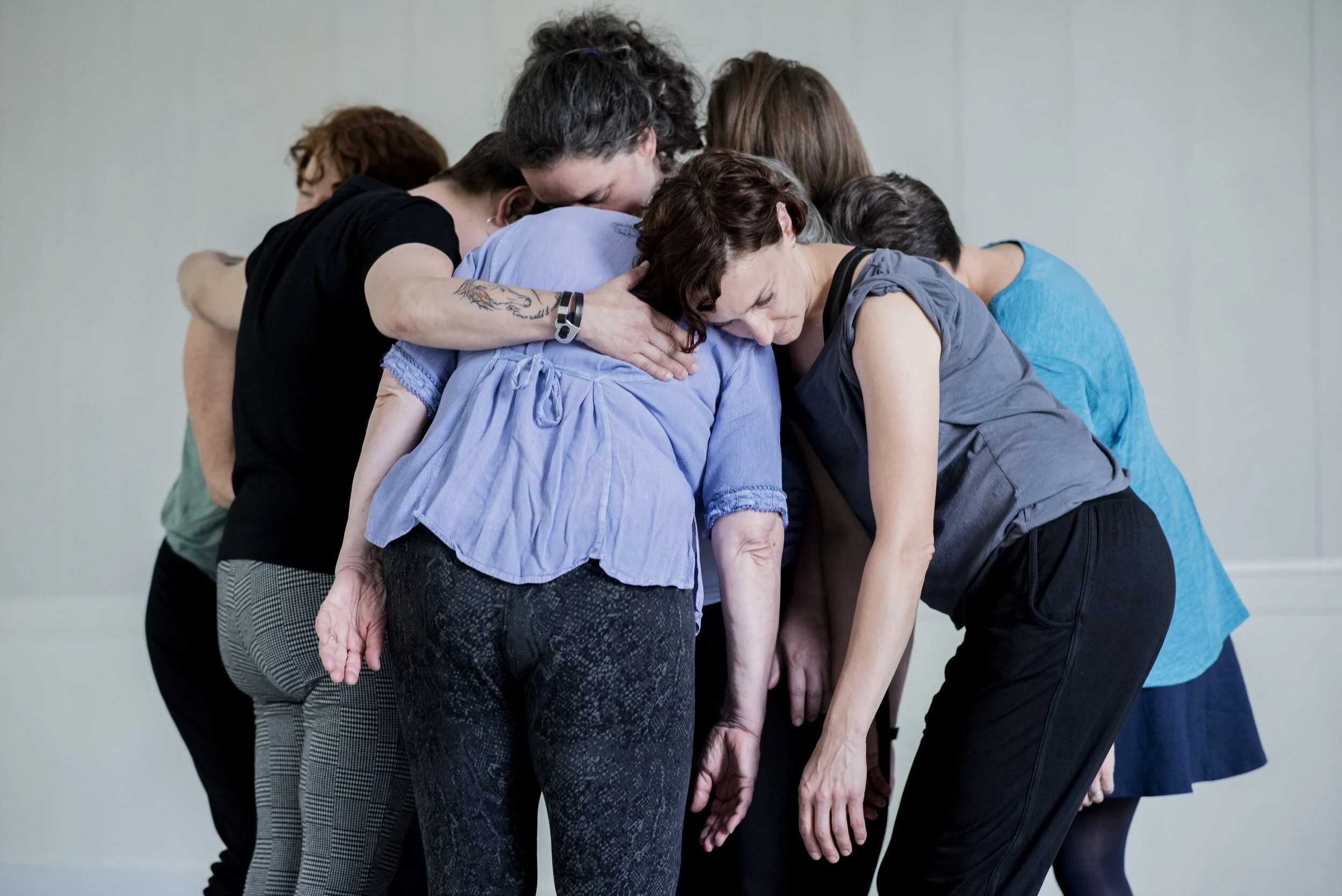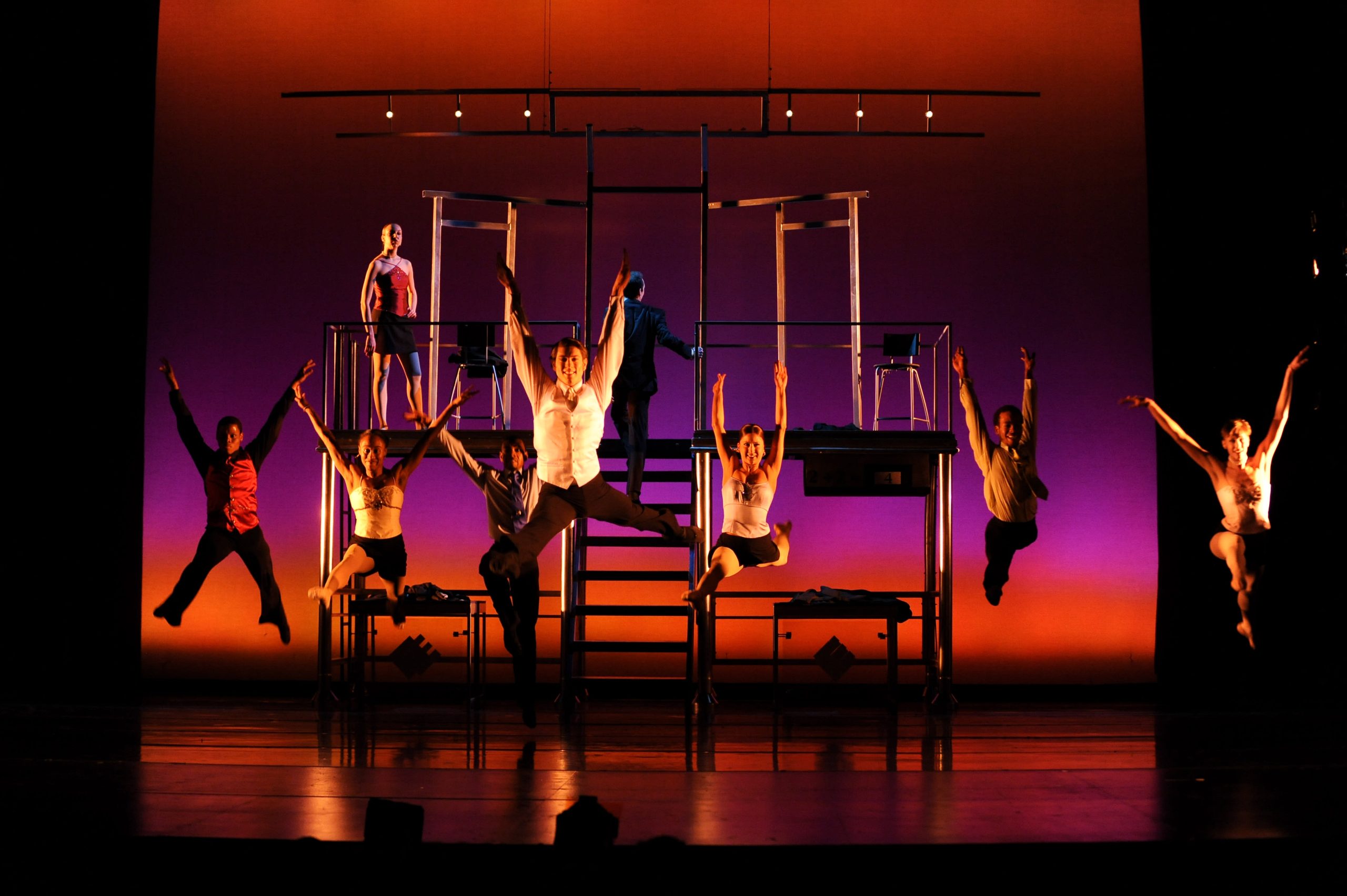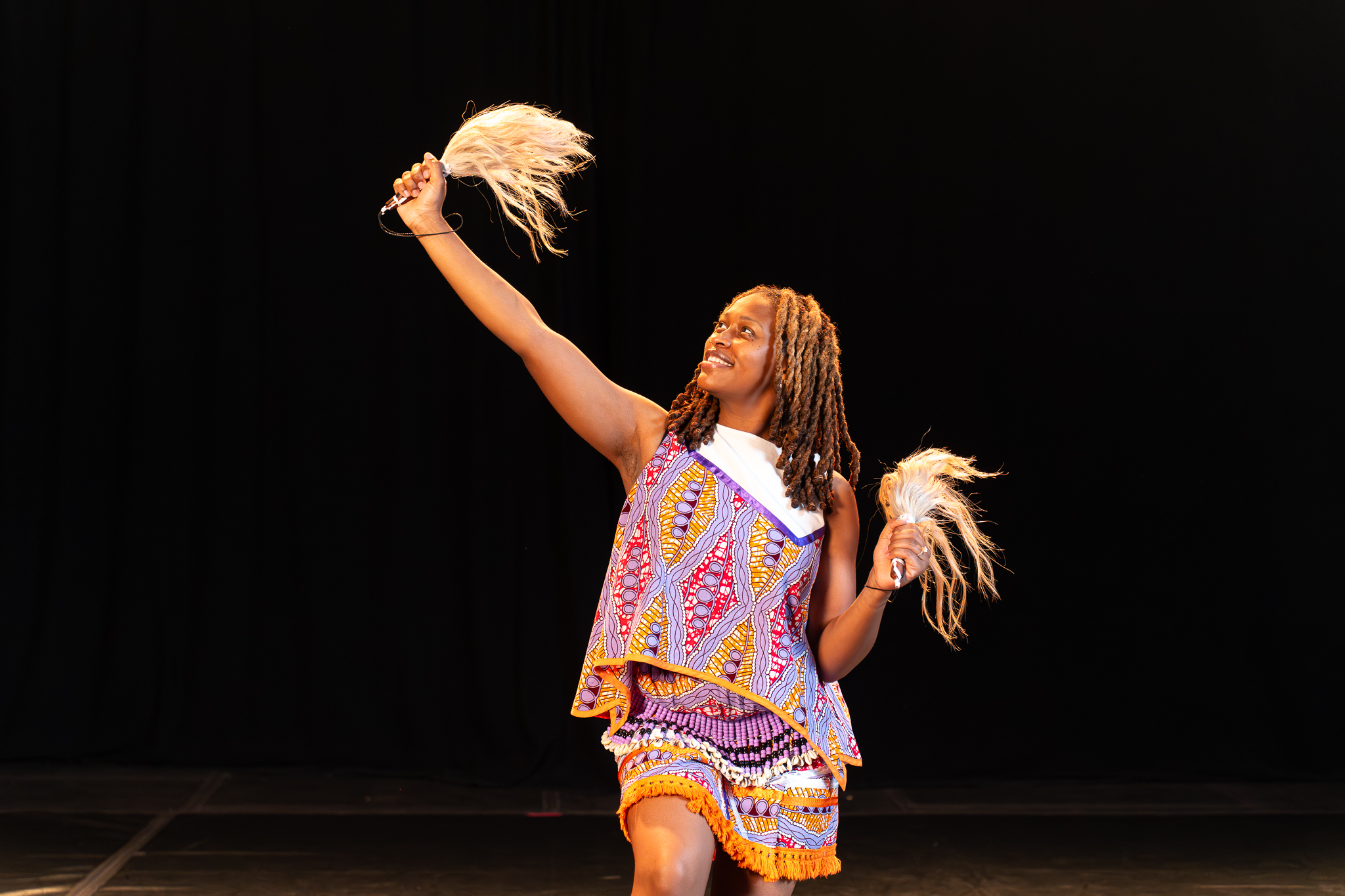The Impact of Dance on Self-Esteem and Self-Image: Stories of Transformation

The Transformative Power of Dance
In our modern society, where the pressures of success, appearance, and social acceptance weigh heavily on individuals, building self-esteem and cultivating a positive self-image can often feel like an uphill battle. Yet, one medium stands out as an effective means of navigating these challenges: dance. More than just an art form or a form of entertainment, dance can instill a sense of empowerment, foster community connections, and provide notable physical benefits that together encourage personal development.
Empowerment Through Movement
Engaging in dance provides individuals with a unique opportunity to fully embrace their bodies. Whether it’s lifting arms in graceful ballet or swaying hips in salsa, dance encourages a strong connection with oneself. For example, participants in programs like Zumba or hip-hop classes often report a newfound appreciation for their bodies. This empowerment translates into a more positive self-perception as individuals realize their capabilities and express themselves creatively without judgment. Witnessing one’s own body move rhythmically can be a liberating experience, enabling many to shed insecurities previously held about their appearance.
The Importance of Community
Moreover, dance is inherently social. Group classes and social dance events serve as incubators for relationships built on shared experiences. The act of dancing together fosters connections that can uplift and support individuals. In cities across the United States, such as New York or Los Angeles, community dance organizations often organize events that bring people from all walks of life together. These interactions contribute to enhanced social bonds that bolster self-worth. It can be incredibly empowering to feel that one belongs to a group that shares similar passions, thereby reducing feelings of isolation or inadequacy.
Physical Benefits and Boosting Confidence
In addition to emotional and social benefits, dance also offers substantial physical advantages. Engaging in dance regularly can lead to improved fitness levels, increased flexibility, and enhanced endurance. This not only aids in the visible transformation of one’s body but also boosts overall mental health. Studies have shown that physical fitness is closely linked to self-confidence. For instance, participants in dance fitness classes often report feeling more energetic, agile, and alive after sessions, leading to an overall shift in how they view themselves. The tangible feedback from improved physical capabilities often enhances an individual’s self-image, instilling a sense of pride and achievement.
Stories of Transformation
The transformative stories emerging from the dance community are as varied as the styles of dance itself. Take for instance the numerous accounts of individuals who began with two left feet, but found their footing through classes that fostered encouragement and improvement. Others have reclaimed their identities through expressive dance forms after going through personal hardships, showcasing the resilience of the human spirit. Each narrative underscores the profound impact that being part of a dance community can have on self-esteem, making dance an invaluable tool for many seeking positive change.
Through exploring the intricate relationship between dance, self-esteem, and self-image, it becomes evident that this art form is not just a means of entertainment; it serves as a powerful catalyst for self-discovery and healing. While each individual’s journey is unique, the common thread remains: dance has the incredible potential to transform lives, encouraging people to rediscover their worth and embrace their true selves.
DISCOVER MORE: Click here to learn about modern tools for composers
Unleashing Potential Through Expression
Dance is not merely about rhythm or movement; it serves as a powerful tool for self-expression and emotional release. In an age where mental health is becoming more prominent in conversations, many people are discovering that dance provides a unique outlet for navigating feelings and experiences. For many, the first step into a dance class can be both exhilarating and daunting. Yet, those who take the plunge often share stories of how dance has become a transformative journey that reshapes both self-esteem and self-image.
Embracing Vulnerability
One aspect that makes dance so impactful is its reliance on vulnerability. Stepping onto the dance floor requires individuals to confront their insecurities and embrace their bodies, regardless of size, shape, or skill level. Dance genres, such as contemporary or jazz, specifically encourage improvisation—allowing individuals to explore their own movements and creativity. This process fosters a sense of authenticity, empowering dancers to let go of self-doubt and be fully present in their bodies. The transformation from an anxious beginner to a confident performer can ignite a profound change in how one perceives themselves.
Breaking Stereotypes and Norms
In many ways, dance challenges societal norms surrounding beauty and ability. Communities that champion inclusivity have emerged in cities like Atlanta and Chicago, promoting dance as a space where diversity is celebrated. Through adaptive dance programs, individuals with disabilities have found solace in the form of expression that challenges conventional standards of beauty. These programs illustrate that anyone can partake in dance—regardless of physical limitations—thereby enhancing the self-image of participants and reshaping perceptions within broader society.
The Ripple Effect of Dance
The impact of dance on self-esteem extends beyond the studio. Increased confidence derived from dance can translate to improved interpersonal skills and a stronger presence in various aspects of life. As dancers gain confidence, they often find themselves more willing to take risks in personal and professional arenas. Research from the National Dance Education Organization indicates that engagement in dance can positively influence academic performance and social skills in children and adolescents, enhancing not only individual self-worth but benefiting group dynamics as well.
To visualize this impact, consider these key points:
- Enhanced Emotional Well-being: Dance serves as an emotional outlet, reducing anxiety and boosting mood.
- Increased Physical Fitness: Regular engagement in dance can improve strength and stamina, fostering a positive body image.
- Community Support: Group classes help forge lasting friendships, cultivating a sense of belonging and acceptance.
- Resilience and Growth: The challenges faced in learning and mastering dance techniques build resilience, translating into everyday life.
As individuals share their transformational stories, it becomes increasingly evident that dance possesses the ability to serve as a vehicle for personal growth. These experiences not only highlight the physical and emotional benefits of dance but also illustrate its transformative power in sculpting a more positive self-image. Understanding the multifaceted impact of dance on self-perception encourages individuals to explore this liberating art form and tap into their full potential.
The Transformative Power of Dance
Dance serves as a profound medium for self-exploration and expression, offering individuals from diverse backgrounds the ability to connect with their emotions in a liberating way. Many have shared inspiring stories of how engaging in dance has significantly enhanced their self-esteem. For instance, a ballet dancer may recount her journey of overcoming anxiety and self-doubt through disciplined practice and performances. This art form not only requires physical strength but also cultivates a sense of accomplishment, leading to a remarkable boost in confidence.Moreover, dance fosters an enhanced self-image among participants by encouraging them to embrace their bodies. Whether through contemporary, hip-hop, or ballroom dance, each style provides a unique avenue for individuals to celebrate their physical attributes. This positive affirmation is instrumental in combating societal pressures and unrealistic beauty standards. As participants learn to appreciate their movements and choreography, they often find themselves transforming their perspectives on body image.
Connection and Community Through Dance
Another vital aspect of dance is its social component. Participating in dance classes or community performances often builds a sense of belonging among individuals. Through shared experiences, dancers create lasting friendships and support systems that nurture their mental well-being. A vibrant dance community can be a safe space where people express their insecurities and triumphs collectively. The impact of this social interaction is crucial; studies have shown that individuals who engage in communal activities tend to report higher levels of happiness and self-esteem. This communal energy not only motivates dancers to continue improving but also instills a deep sense of pride in their artistic journey. As they witness each other’s growth, transformations manifest not only on the floor but in personal lives as well.
As we explore these stories of transformation, it’s essential to acknowledge that dance is more than just an art form; it is a lifeline for many seeking to reclaim their self-worth and redefine their identities. Each step and every turn is a testament to resilience and the harmonization of one’s inner self with outward expression, illuminating the extraordinary benefits of dance on self-esteem and self-image.
| Category | Advantages of Dance |
|---|---|
| Enhanced Confidence | Dancers report increased self-assurance through mastering new skills and performing in front of audiences. |
| Improved Self-Image | Dance encourages individuals to love their bodies, leading to a healthier body image and self-acceptance. |
Continuing to explore these transformations reveals the profound influence that dance has on individuals seeking to uplift their self-esteem and cultivate a positive self-image.
DISCOVER: Click here to learn more about the benefits of dance
Dance as a Catalyst for Lifelong Change
Dance is not just a fleeting hobby; for many, it becomes a lifelong journey of discovering and redefining oneself. The act of learning choreography, mastering new moves, and performing in front of an audience can foster a sense of accomplishment that significantly enhances self-esteem. This journey is often accompanied by moments of perseverance that challenge dancers to push beyond their perceived limits. As a result, dance can serve as a pivotal chapter in the ongoing narrative of personal growth.
Confidence Through Performance
One of the most compelling aspects of dance is the opportunity it provides for performance. Stepping onto the stage—whether in a formal recital or a community showcase—can be a powerful moment for dancers. The adrenaline, the spotlight, and the shared experience with fellow dancers all contribute to a heightened sense of achievement. This performance aspect has profound implications for self-image. Anecdotal evidence suggests that dancers who perform regularly report greater feelings of self-worth and improved body image as they learn to appreciate their unique contributions to the dance community. Research highlights a correlation between public performance and enhanced confidence, making it an invaluable part of the dance experience.
Dance Communities and Empowerment
Dance is inherently communal. It brings people together, creating a shared sense of purpose and belonging. Dance studios, local companies, and community groups provide environments that foster friendship and support. For individuals who may feel marginalized or disconnected, the dance community can be a safe haven. Programs such as Dance for All in California have emerged to ensure that everyone, regardless of background or ability, can find their place in dance. These initiatives not only promote inclusivity but also empower individuals to embrace their identities, which enhances self-esteem and self-image.
Transformative Stories from the Dance Floor
Personal testimonials underscore dance’s profound impact. Take, for instance, the story of Lauren, a young woman whose journey began when she joined a local ballet class to combat anxiety and low self-esteem. As she progressed, she not only gained technical skills but also forged lifelong friendships, transforming her outlook on life. Today, Lauren describes dance as her “therapy,” a form of self-care that elevates her mood and reinforces her self-worth. Similarly, Kevin, a former athlete turned dance enthusiast, found that engaging in hip-hop dance allowed him to express emotions he had previously bottled up, leading to an overall improvement in his mental health and self-image. These stories exemplify the empowerment and positive change that can emerge from engaging in dance.
Moreover, programs targeting at-risk youth have demonstrated how dance can act as a protective factor, mitigating the impacts of societal pressures. Organizations like Turnaround Arts have integrated dance into schools, encouraging expression and creativity. Reports indicate that students participating in these programs experience improvements in self-esteem, attendance, and academic performance, showcasing dance as a conduit for holistic development.
As the narratives of individual dancers reveal, the transformative potential of dance is both deeply personal and universally relatable. The art form’s capacity to reshape self-perception continues to inspire countless individuals to embrace their authenticity and harness their full potential.
DISCOVER MORE: Click here to dive into creative projects
Conclusion: Unleashing Potential Through Dance
In summation, the exploration of dance as a transformative tool reveals its profound impact on self-esteem and self-image. Through the stories of individuals like Lauren and Kevin, we see how engaging in dance cultivates not just physical skills but also emotional resilience and social connection. The combination of personal growth, community support, and the thrill of performance plays a crucial role in shaping an individual’s confidence and sense of self-worth.
The communal aspect of dance serves as a lifeline for many, providing a safe space where self-expression flourishes, and identities are embraced. Programs dedicated to inclusivity, such as Dance for All and Turnaround Arts, illustrate how accessible dance can act as a protective factor for marginalized groups, ultimately facilitating a healthier trajectory for their mental and emotional well-being.
As we delve deeper into the impact of dance, it becomes clear that this art form does more than entertain; it empowers. By nurturing creativity, instilling discipline, and fostering mutual support among dancers, we witness a ripple effect that spills into various aspects of life, from improved academic performance to enhanced interpersonal relationships. For those looking to improve their self-image and self-esteem, engaging with dance offers a compelling path toward rediscovery and transformation.
Ultimately, the journey of dance is one that champions the idea that everyone, regardless of their background or experience, has the potential to shine on their own stage. In a world that often imposes rigid standards, dance invites us to move, express, and ultimately grow into our truest selves.



